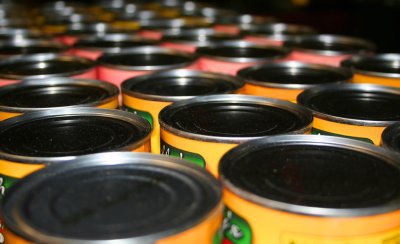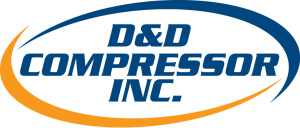Food Processing, Compressed Air, and Safety

Health and safety issues are a big deal in the food industry, and for good reason. Contaminated food products can endanger consumers and cause significant damage to a company’s reputation. Although compressed air is widely used in the food industry, particularly in the packaging and bottling of food, it can be overlooked as a health and safety concern. The potential hazards associated with compressed air are not always obvious, but there are risks that you need to be aware of to make sure that your consumers (and your company) donât suffer from food contaminated by compressed air.
Health and Safety Risks
Untreated compressed air can contain many potentially harmful contaminants that can spoil food products and cause illness if consumed. The public health crisis resulting from the introduction of microbial contaminants into food packaging or food products can damage your company from a financial standpoint due to damaged public trust and possible litigation from consumers who became ill because of your contaminated food or packaging.
Managing the Risks
Compressor filtration is a good start to managing the potential health and safety risks associated with contaminated food products, but it doesnât go far enough for most food processing and manufacturing plants. Point-of-use filtration should be in place for all critical points where compressed air is directly or indirectly in contact with food and/or food packaging. Point-of-use filtration puts a physical barrier between the air stream and the end product, effectively safeguarding against microbial contamination.
Food Manufacturing Compressed Air Good Practices
There are a variety of good practice models for the use of compressed air in food manufacturing and packaging facilities. If you are looking for compressed air âgood practiceâ guidelines to institute in your plant or facility, consider one of these existing collections of standards and regulations:
- U.S. Code of Federal Regulations (21CFR, Chapter 1, Part 110)
- British Compressed Air Society (Food Grade Compressed Air Code of Practice)
- International Featured Standards (Version 6)
- Global Red Meat Standard (4th Edition)
